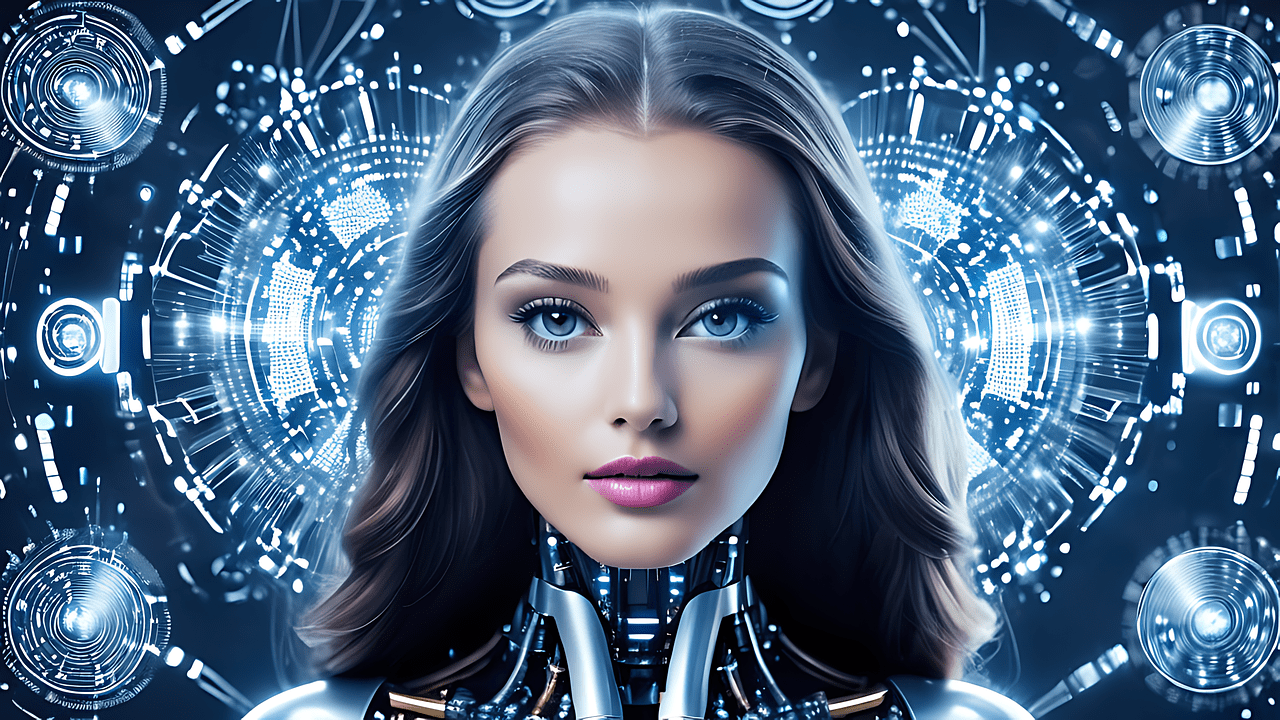Humanoidrobotsare no longer just science fiction—they are real and improving every day! They are built to appear and behave like humans, making them applicable in various industries, such as healthcare, customer service, and space exploration. They can walk, talk, and even communicate with individuals naturally. This article will help you understand humanoid robots and how they work.
Introduction to Humanoid Robots
Humanoid robots are computerized robots designed to look and walk like humans, which makes them capable of interacting with the environment and other humans naturally. They are built to assist in different sectors, such as healthcare, education, and manufacturing, to simplify work and improve efficiency.
These robots use advanced technology like artificial intelligence, machine learning, sensors, and actuators to learn and react to the environment. With capabilities like speech recognition, face recognition, and mobility, they can execute tasks that demand human-like capabilities. As technology evolves, humanoid robots are getting more intelligent and handy in daily activities.

Key Features of Humanoid Robots
Humanoid robots are built with advanced technology to function and interact like humans. Here are some of their key features:
Applications of Humanoid Robots
Humanoid robots are used in many areas to assist human beings, increase productivity, and carry out activities requiring accuracy and contact.
1.Service & Hospitality
Hospitality and service integrate humanoid robots to aid guests and provide an experience with a personal touch. They are receptionists who greet guests and provide directions to hotels, offices, and malls. Moreover, robots prepare meals, accept orders, and deliver food to the table. Their human contact places them under the hospitality sector.
2. Education & Research
They instruct students in schools as artificial intelligence instructors, where they teach students in mathematics, science, and computer programming in an interactive manner. They also help scientists in researching human-robot interaction, where scientists perform experiments on how machines can learn and interact with humans. Their ability to interact with students and assist researchers makes them beneficial in education and innovation.
3.Healthcare & Assistance
Humanoid robots are assisting in healthcare by offering aid in various ways. They support elderly individuals by reminding them when to take medications, assisting with activities of daily living, and offering them companionship to end loneliness. In the process of treating patients, they assist in recovery procedures. Robots assist the surgeons by bringing accuracy to complicated medical procedures.
4. Industry and Manufacturing
They carry out dangerous work in factories and assembly lines, such as laboring in dangerous conditions or with dangerous chemicals, to reduce the danger to human workers. In assembly lines, they perform repetitive tasks with accuracy and speed, which results in greater productivity. Since they can work day and night without a single mistake, they are beneficial to manufacturing companies.
5. Space and Defense
They work in space on missions too risky for human beings, such as repairing satellites, traveling to other planets, or working in hostile environments. In defense and disaster relief, they work in search and rescue, traversing dangerous terrain to find survivors or assess damage.
Advantages and Disadvantages of Humanoid Robots
What’s Next for Humanoid Robots?
With advancements in AI, they will learn and decide faster. They can walk, run, and perform other things naturally. With technology upgrades, they are becoming inexpensive so that they can be implemented in more sectors and even residential places. They are expected to be used more in healthcare, education, manufacturing, and so on.



